These days, more and more pawrents are concerned about the well-being of their pets. They focus not just on providing for their pets’ basic needs (food, shelter, and medical care), but on finding unique ways to improve their pets’ physical, mental, and social welfare. Canine owners can go the extra mile for their four-legged best friends by creating a stimulating yet relaxing haven called a sensory garden.
What is a sensory garden?
A sensory garden is described by Wikipedia as “a self-contained garden area that allows visitors to enjoy a wide variety of sensory experiences.” Made for a specific target audience such as special needs students, people with dementia, or outdoor-loving pets, sensory gardens have a wide range of educational and recreational applications.
A dog-friendly sensory garden should ultimately engage your pooch’s five senses: sight, hearing, smell, taste, and touch. The enclosed sanctuary can be easily created in a dog owner’s porch or backyard, or even in a small terrace without breaking the bank.
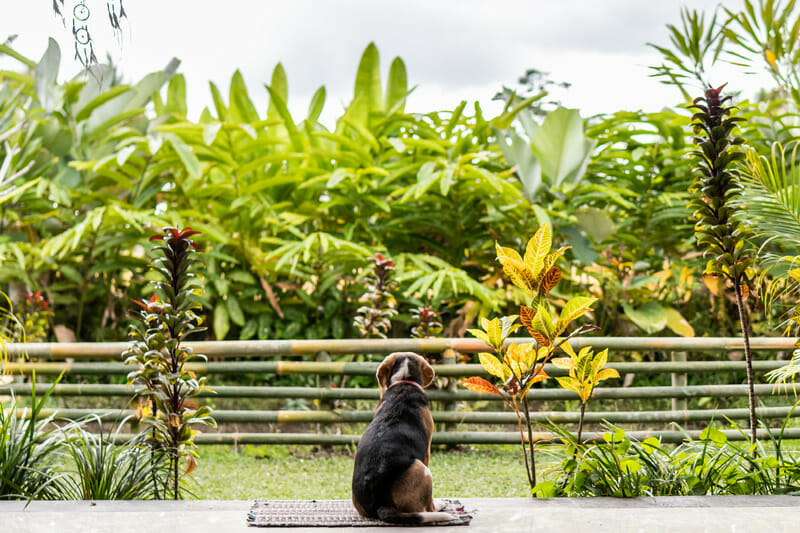
What are the benefits of a sensory garden?
According to vetanswers.com.au, sensory gardens can reduce stress levels and promote stimulation for your pup. “Sensory gardens encourage dogs to interact with their surroundings and provide physical and mental challenges. Dogs particularly have an amazing nose that is meant for sniffing; they possess up to 300 million olfactory receptors in their noses, compared to about six million in [humans].” Sniff time is important to dogs because the olfactory activity gives them the freedom to discover and analyze their surroundings, thus improving their mood and reducing problems stemming from boredom.
The right kind of plants in the sensory garden can also improve your dog’s health or disposition. Vetanswers.com.au shares, “Some pets even self-medicate by selecting certain plants to chew on. Plants such as chamomile, lavender, marigold, or hops may help with pets that have anxiety. Clary sage, hops, and valerian can assist with hyperactivity and calming pets down. Pets with stomach or digestive issues may self-select meadowsweet, marshmallow [root], or thyme.” (On a side note, it’s fun to mention that it’s not just pets who can benefit from these plants. Dogs owners can make use of them too!)
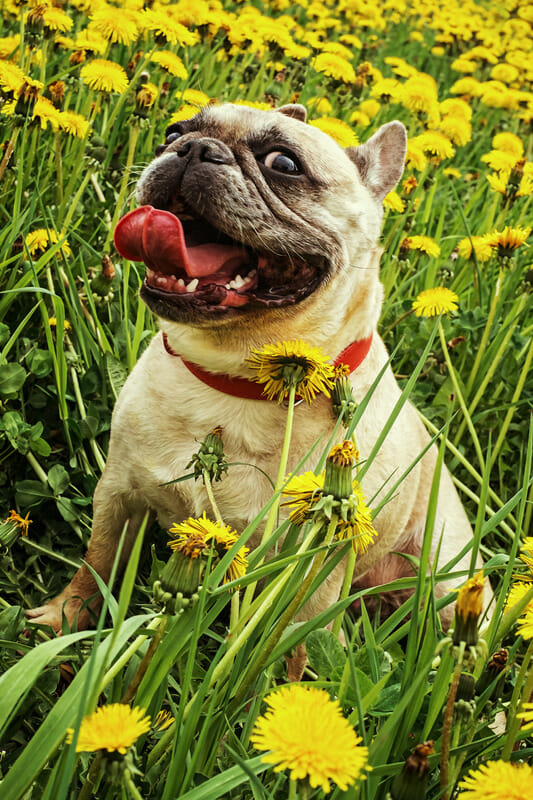
What do I need to consider before building a sensory garden?
Before anything else, think about your dog’s personality, physicality, wants, and needs. Fiona De Rosa, a dog behaviour trainer and urban planner who founded Balancing Act Adelaide, told AustralianDogOwner.com how she formed the ideal sensory garden for her dog, Eb. “Instead of buying her lots of toys for entertainment, I wanted to create a garden to enrich her everyday experiences. I wanted a garden where she could sniff, explore, and linger during the day and night, and I looked to nature for inspiration.”
She added, “I wasn’t much of a gardener, but having a dog made me see the garden differently—through a pet lens. I continued to develop different spaces within my garden for her to experience, from lush grasses to cool spots under ferns.”
Answer questions about your dog such as:
- Does he enjoy sunning himself or would he rather lounge under a shaded area?
- What does he like to look at or smell when the two of you are out walking?
- How does he react to water, sand, and different textures?
- Does he follow paths or would he rather make his own trails?
- How do you imagine your dog spending his day in the garden?
- Does he like to dig?
Aside from using the power of observation to design your space, maximize the existing area you have. Set up a tall and sturdy border, and test to see that your dog will not be able to jump over or dig through and escape the enclosure. Your goal is to create a safe, controlled, and naturalistic setting your pooch will enjoy exploring, even if it’s just a small plot of land or balcony area.
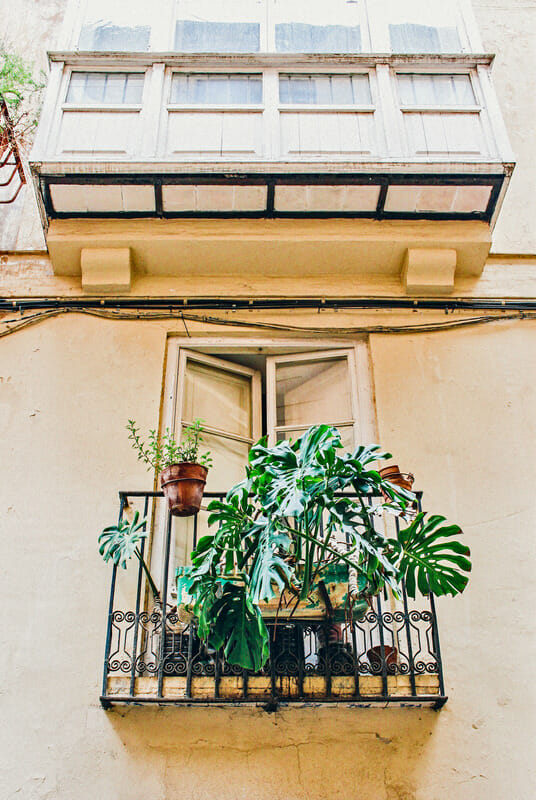
What materials do I need to make a sensory garden?
With your dog in mind, design the sensory garden with features that could captivate one or multiple senses at the same time. Consider the following materials:
See: Bamboo, fish pond, logs, rocks, salix, and shrubs
Create varying heights in different colors to add contrast to the garden.
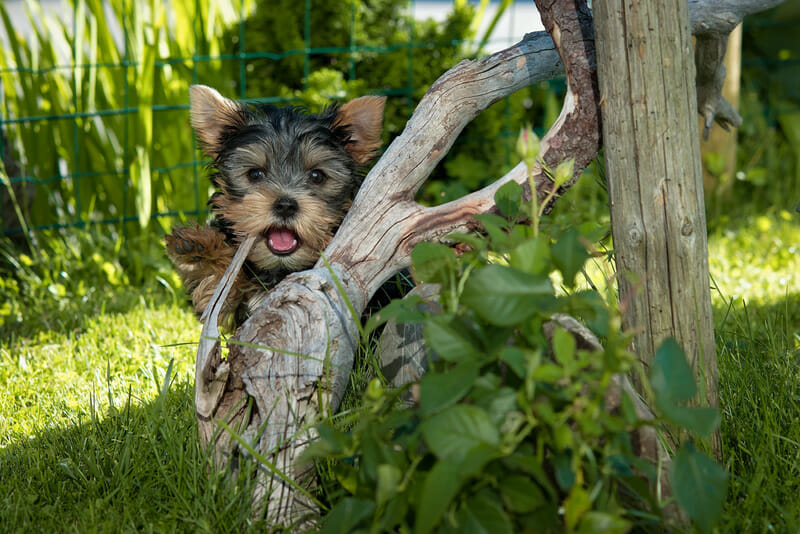
Smell: Chamomile, catnip, marigold, peppermint, valerian, and wheatgrass
If you plan on installing more than one aromatic plant, scatter them in different areas of your garden to avoid overwhelming your dog’s nose.
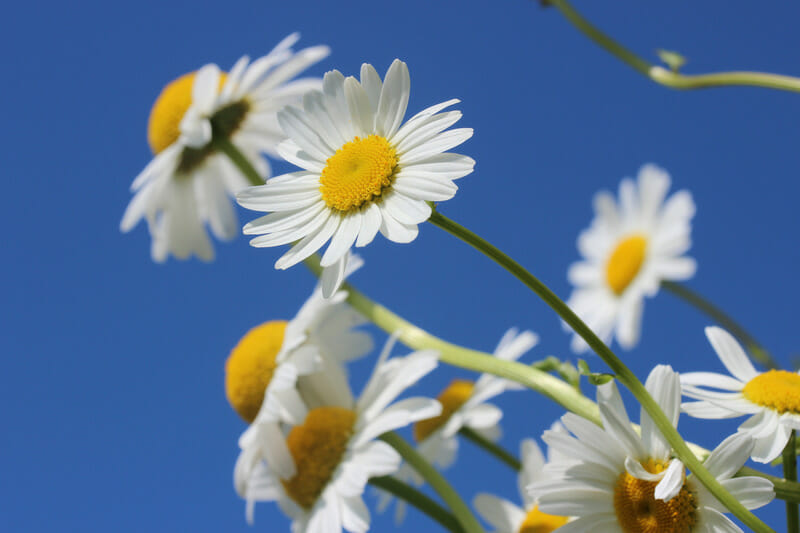
Touch: Barley or wheat grass, cedar chips (also repels fleas!), sandpit, smooth and rough rocks, old blankets or cushions, paddling pool, peppermint, and robust plants (such as nepeta, astilbe, and hardy geranium)
Delight your dog’s paws with paths, trails, and nooks with different textures.

Taste: Marshmallow root, meadowsweet, rosemary, and thyme
Select garden plants, flowers, and herbs that are non-toxic to dogs. Review this list for poisonous plants to avoid.
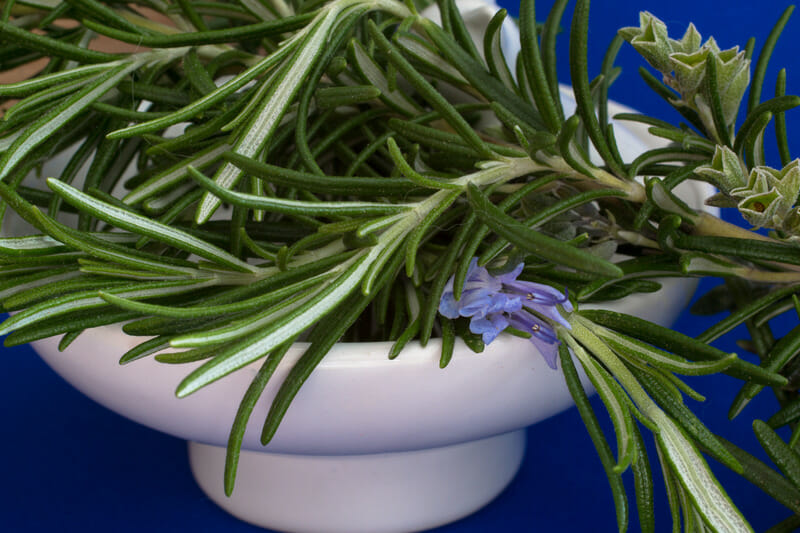
Hear: Bird feeder (to attract birds to your area), rustling leaves, tiny pebbles, water fountain, and wind chimes
If you plan on hanging things or placing them on elevated structures, consider your pooch’s standing and jumping height.
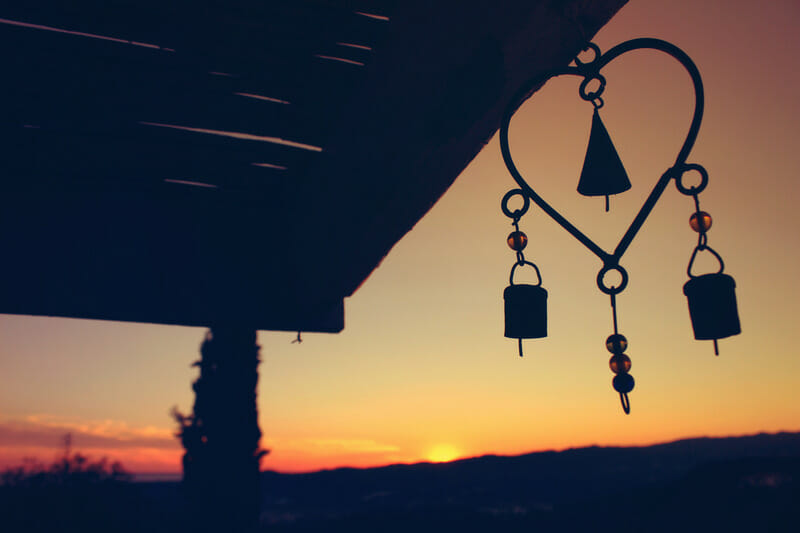
What other things should I keep in mind?
- Regularly check the surroundings for slugs and snails. Your dog may accidentally contract lungworm by ingesting infected gastropods.
- Don’t use lawn chemicals such as pesticides and fertilisers that can harm your dog. Refrain from using non-organic slug pellets or additives for ponds and fountains.
- Create comfortable spaces for dogs who like making nests. Set aside blankets and cushions in shaded areas.
- Surprise your dog by hiding a toy in his sandpit. This will help him determine his play area and stop him from digging through the rest of the garden.
- If you have a playful dog that likes to run around, place your flowers and plants in pots, raised flower beds, repurposed tires, or low box hedges to prevent him from stepping on them.
- Instead of feeding your dog in a bowl, why not try putting his food in the long grass and letting him sniff and find it on his own? You can also hide treats (or place treat balls) throughout the garden and make a game out of it.
- If you have enough space and materials at home, you can even construct a dog agility course within your garden.
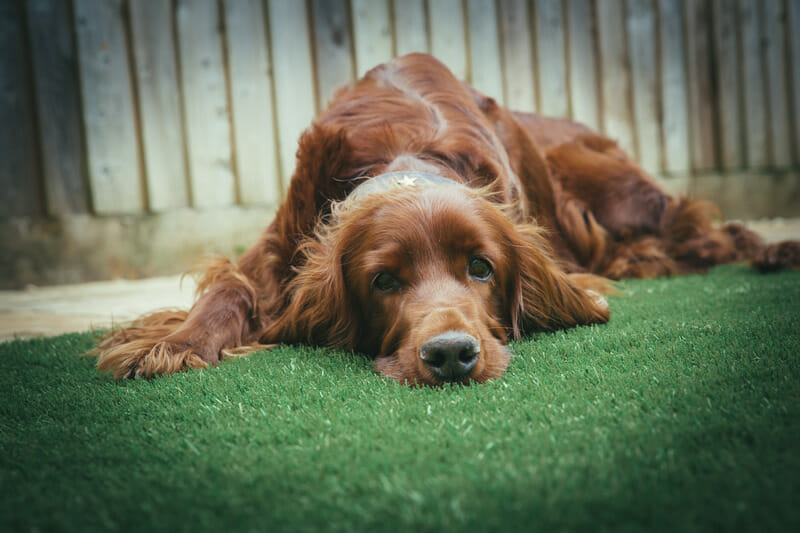
Always keep an eye on your dog as he roams around the sensory garden. Continuously update the garden with fun elements to keep your dog ever curious and excited to return to the outdoor space. Add unique touches that you and the family will enjoy, so you all get to spend more time communing with nature as you bond with your pooch.
Get creative through our blog. Make homemade toys or tasty treats for your dog!
Leave a comment
Your email address will not be published. All fields are required.